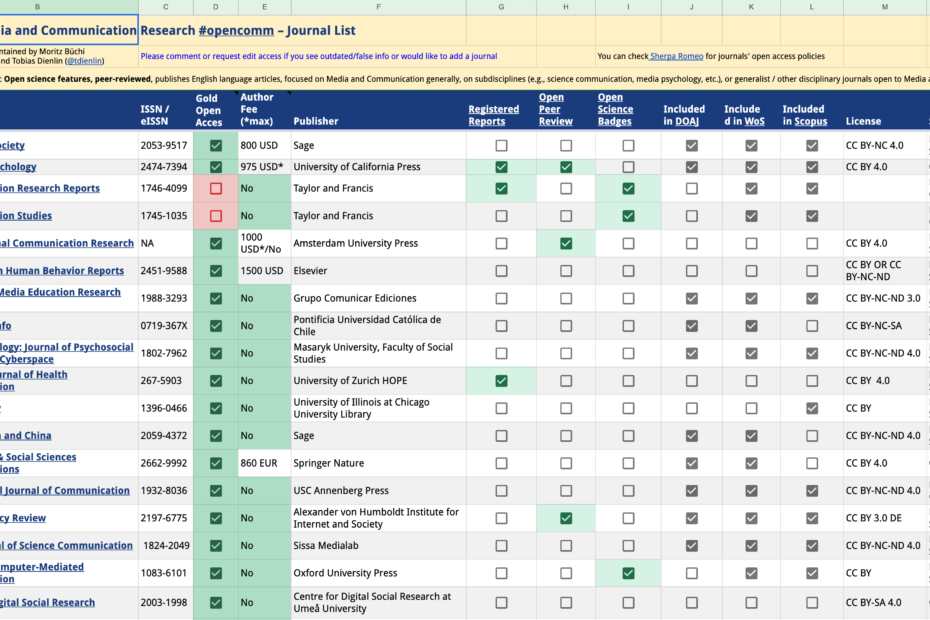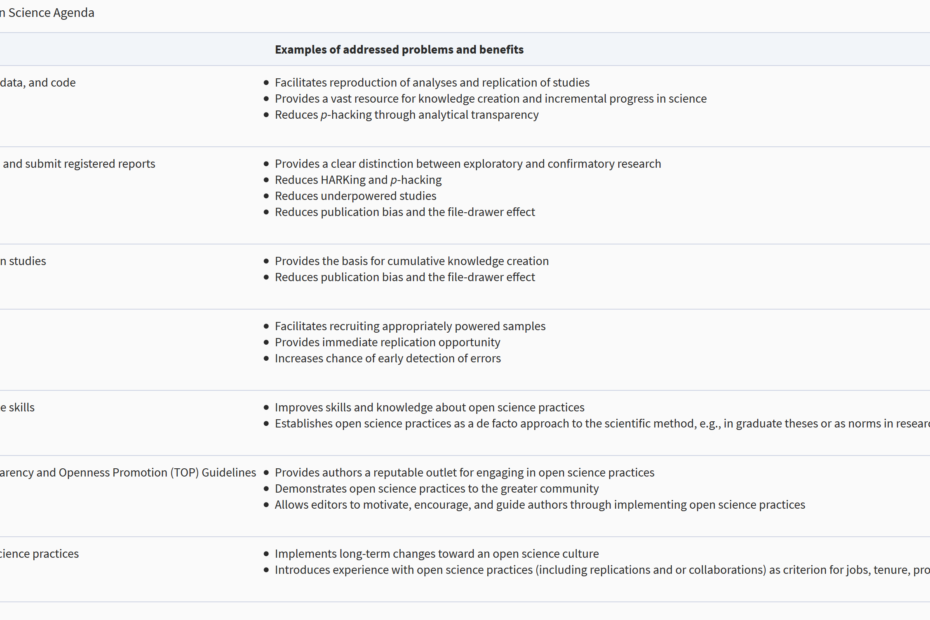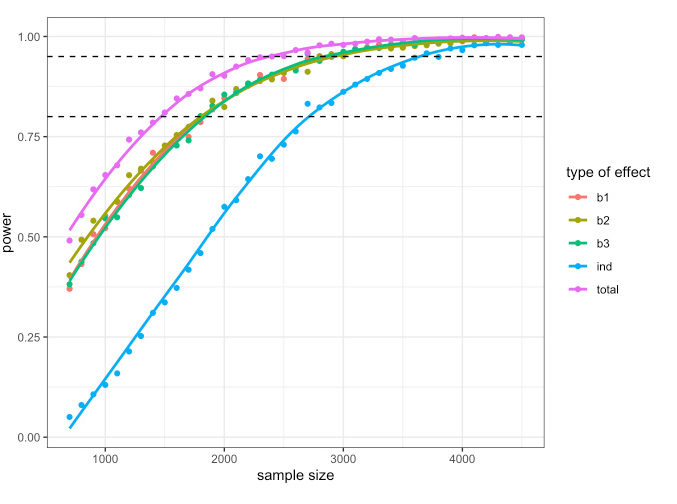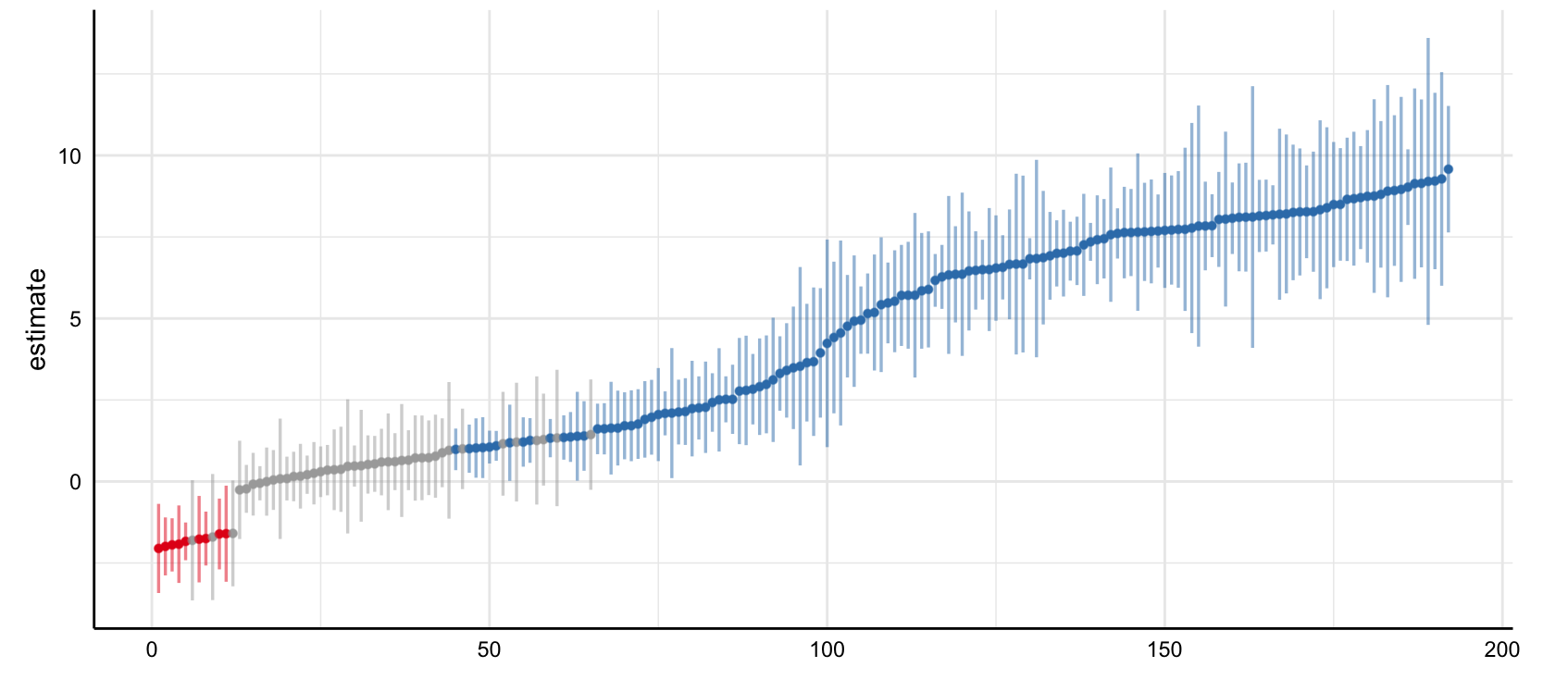Communication journals that adopted open science principles
With more and more communication scholars adopting open science principles (e.g., preregistration, sharing of data, material, and code), also more and more media and communication journals adopt open science features and take first steps in adopting the TOP guidelines. I just quickly would like to point your attention to a very useful resource in this regard. Moritz Büchi and Tobias Dienlin started a list with peer-reviewed journals that a) focus on media and communication generally or… Read More »Communication journals that adopted open science principles



